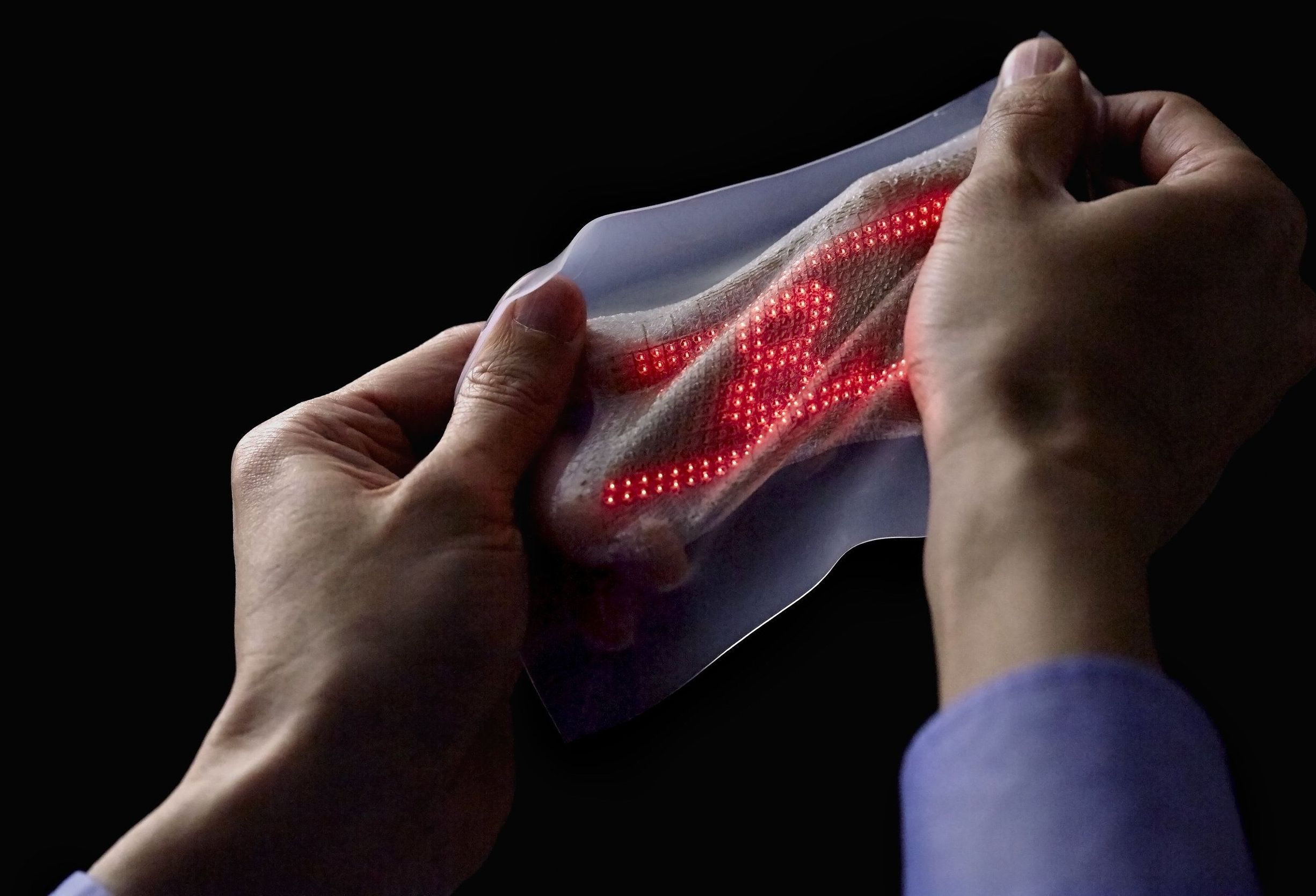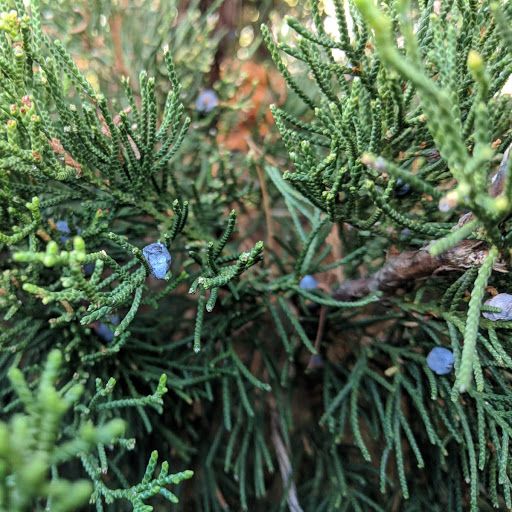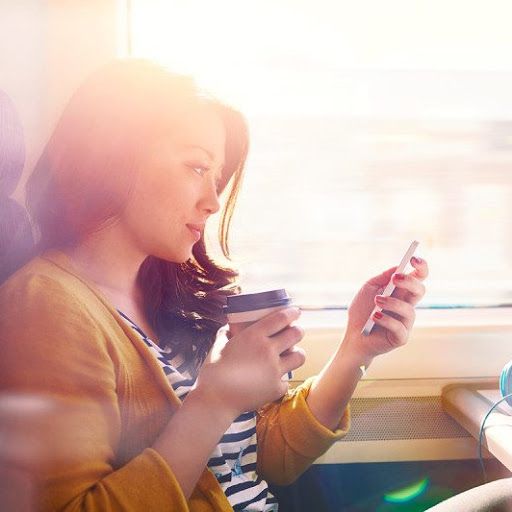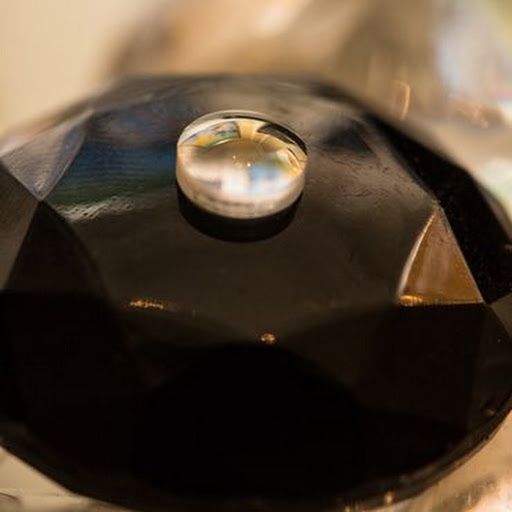Although mobile devices such as tablets and smartphones let us communicate, work and access information wirelessly, their batteries must still be charged by plugging them in to an outlet. But engineers at the University of Washington have for the first time developed a method to safely charge a smartphone wirelessly using a laser.
As the team reports in a paper published online in December in the Proceedings of the Association for Computing Machinery on Interactive, Mobile, Wearable & Ubiquitous Technologies, a narrow, invisible beam from a laser emitter can deliver charge to a smartphone sitting across a room — and can potentially charge a smartphone as quickly as a standard USB cable. To accomplish this, the team mounted a thin power cell to the back of a smartphone, which charges the smartphone using power from the laser. In addition, the team custom-designed safety features — including a metal, flat-plate heatsink on the smartphone to dissipate excess heat from the laser, as well as a reflector-based mechanism to shut off the laser if a person tries to move in the charging beam’s path.
“Safety was our focus in designing this system,” said co-author Shyam Gollakota, an associate professor in the UW’s Paul G. Allen School of Computer Science & Engineering. “We have designed, constructed and tested this laser-based charging system with a rapid-response safety mechanism, which ensures that the laser emitter will terminate the charging beam before a person comes into the path of the laser.”








